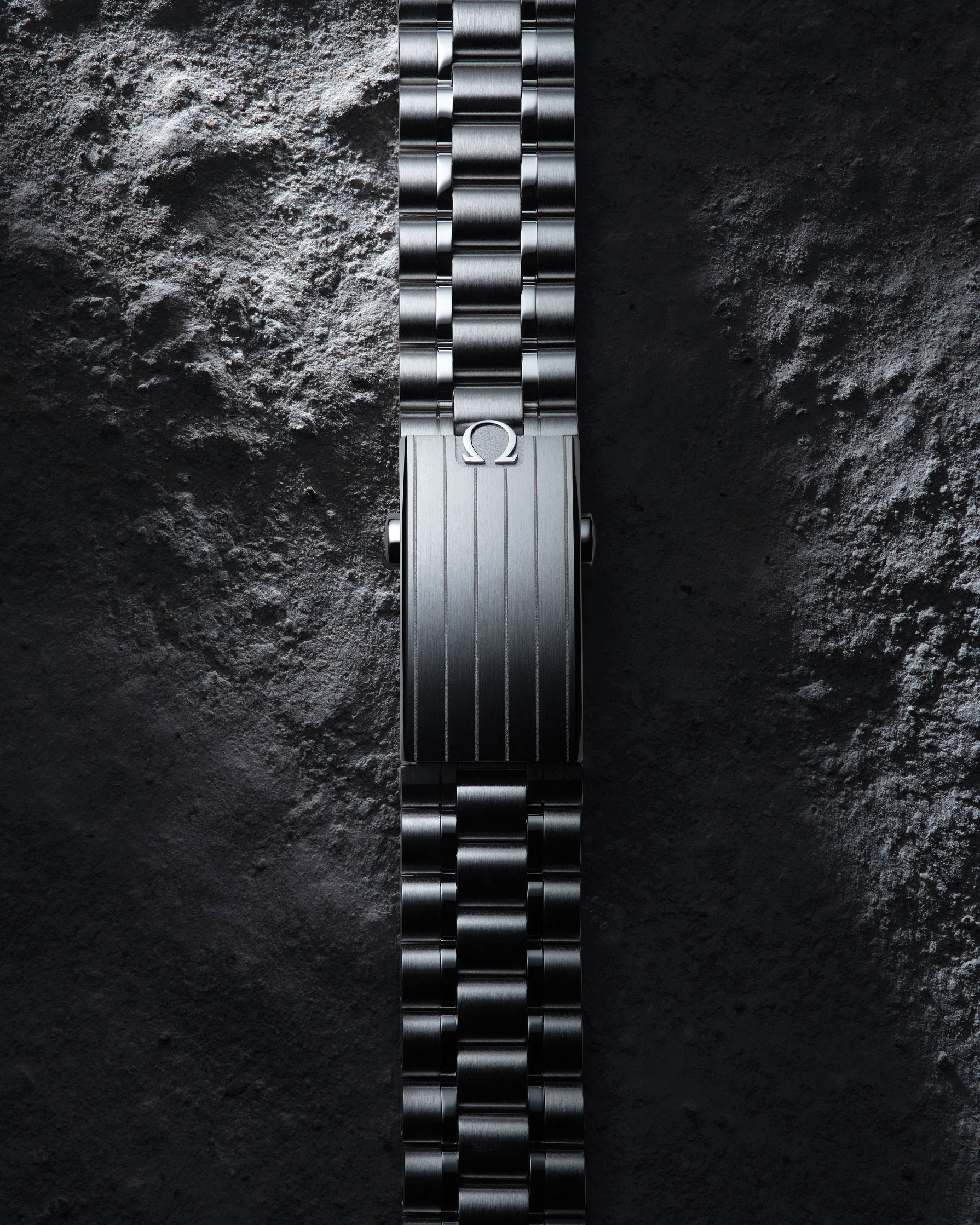The luxury watch business is built around a scaffolding of history and mystique. When it comes to Swiss watchmaking, nostalgia is one of the most potent tools. From grainy archival images of watches on the wrists of silver-screen stars to the outsize role of timekeeping in sports, watch brands are far from shy in extolling the storied past of their precisely tuned timepieces.
Omega is no different — except that when it comes to its most famous watch, the Speedmaster, truth matches the marketing hype. For many, the Omega Speedmaster is known by another name: the Moonwatch (something the brand itself has now embraced). The simple steel chronograph is synonymous with the golden age of space exploration, a seemingly unassuming watch strapped onto the bulky sleeves of NASA spacesuits. Yet the Omega Speedmaster went from a simple, manually-wound chronograph to one of the most famous watches of all time.
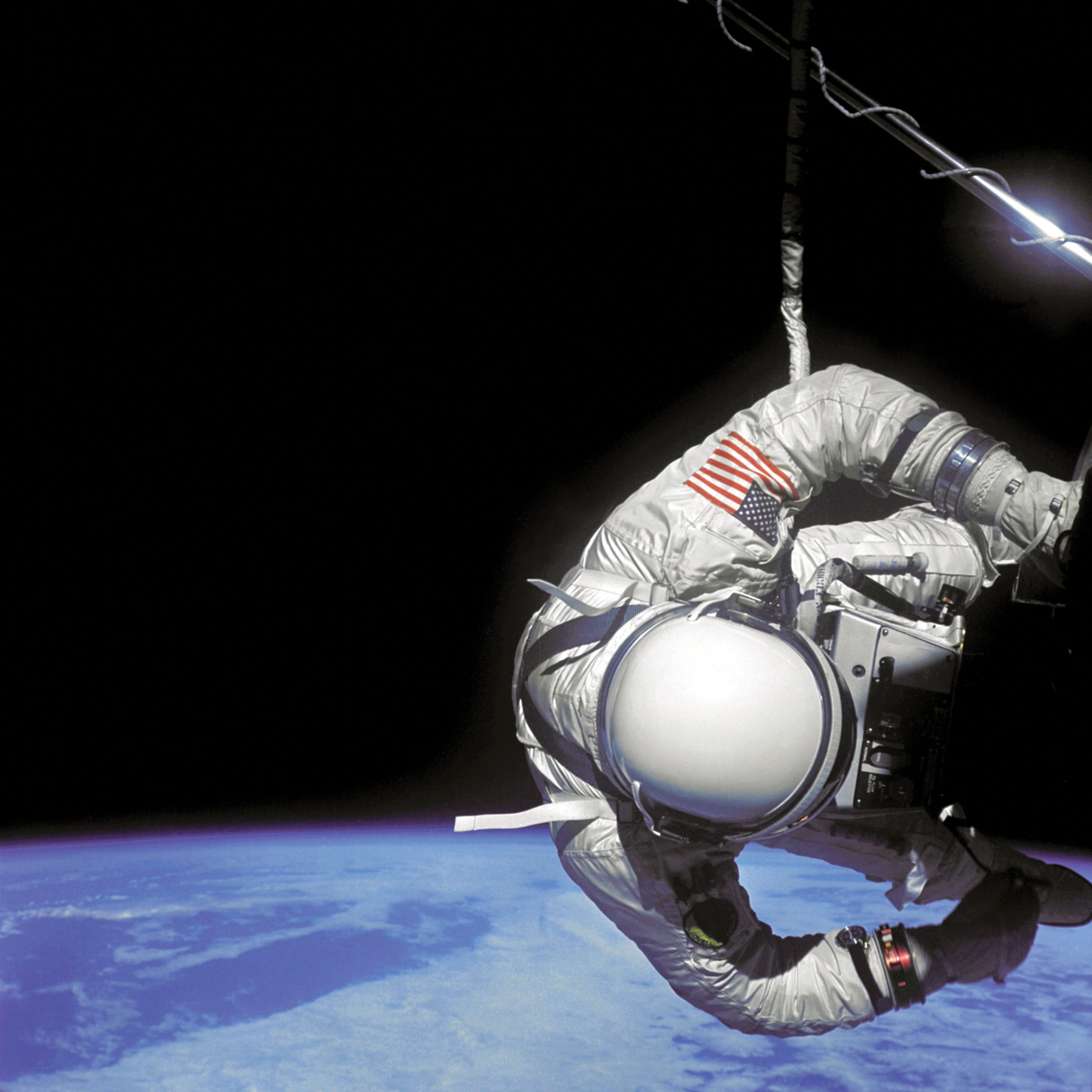
One of the secrets of the Speedmaster’s success is how much the Moonwatch of today looks like the first version of the Speedmaster, which debuted in 1957. This first example looks a little different to today’s Speedmaster, with a solid steel bezel rather than the familiar black tachymeter, and a different set of hands. Other than that, it laid the groundwork for a long-lasting legacy. While the watch industry is full of heritage models, there aren’t too many on the market today that are — from a fundamental design perspective, at least — so utterly unchanged. There’s zero chance that Omega’s core Speedmaster, the black-dialled, steel-cased, manually-wound Moonwatch, is going anywhere or even changing significantly any time soon.
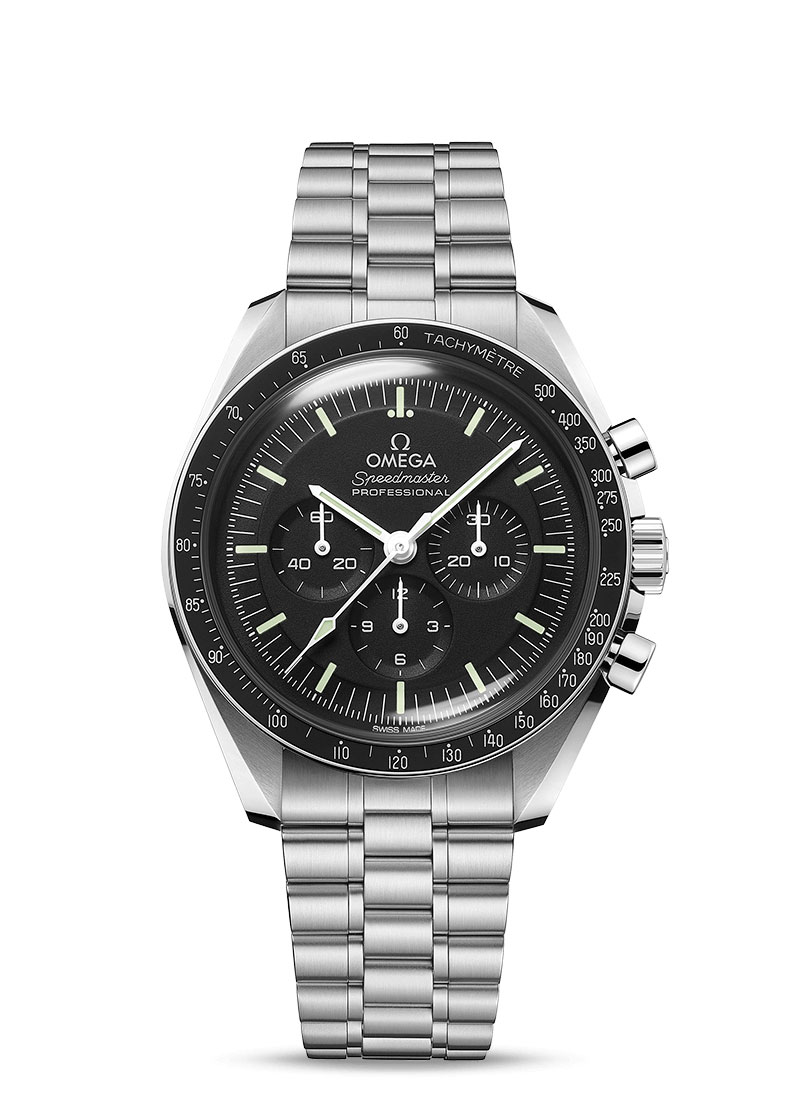
The Speedmaster’s big break came when engineers at NASA tested the Speedmaster and a handful of other chronographs, and deemed in 1965 that only the Omega was “flight-qualified for all manned space missions”. From this point on, the Speedmaster was an essential piece of astronaut kit, famously becoming the first watch on the moon as part of the Apollo 11 mission in 1969, which saw Buzz Aldrin wear his watch while Neil Armstrong left his in the lunar module as a backup timekeeper. In 1970, the Speedmaster was critical in the ill-fated Apollo 13 mission, which saw a stranded crew without the luxury of digital timekeeping rely on their chronographs to time a 14-second engine burn to realign the crippled lunar module for safe re-entry into Earth’s atmosphere. The watch performed as expected and played a crucial role in one of the greatest successful rescues of all time.
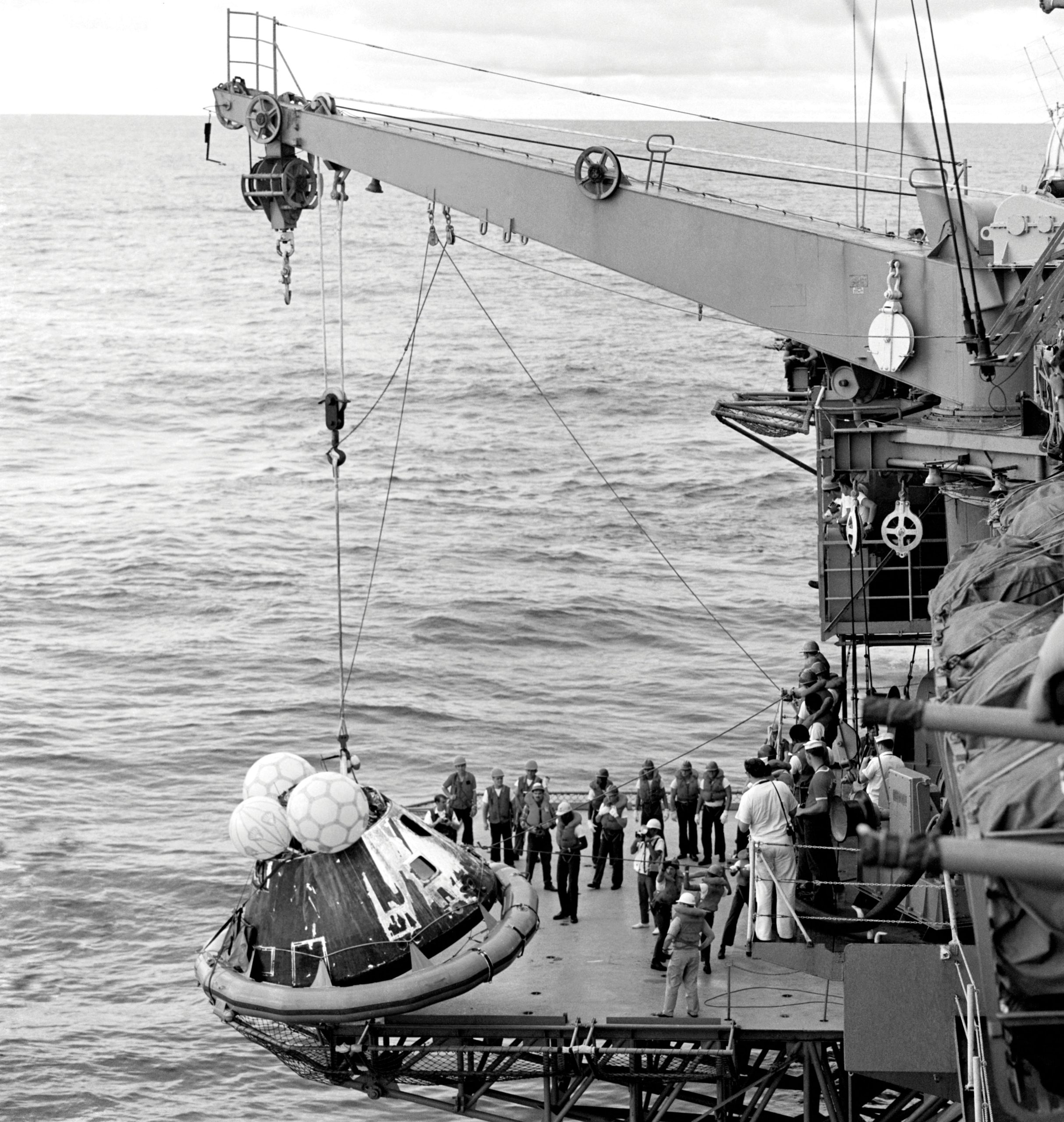
These stories are among the many that loom large in the six-decade legend of the Speedmaster, and much is made of the specifics of the watches worn. Collectors and enthusiasts have developed a rich and confusing nomenclature to denote subtle details which make all the difference. There are “alpha” and “lollipop” hands, DON bezels (which literally stands for ‘dot over 90’ on the tachymeter), lyre lugs and other examples of arcane jargon — and that’s before the veritable phone book of reference numbers. Many people find joy in these minutiae; but even if you’re not a hardcore Speedy fan, it’s easy to see how this serious scholarship adds legitimacy to the Speedmaster legacy. It also feeds the great internal paradox of the Speedmaster: there’s a rich vein of diversity in a design that has remained essentially unchanged since the swinging ‘60s.
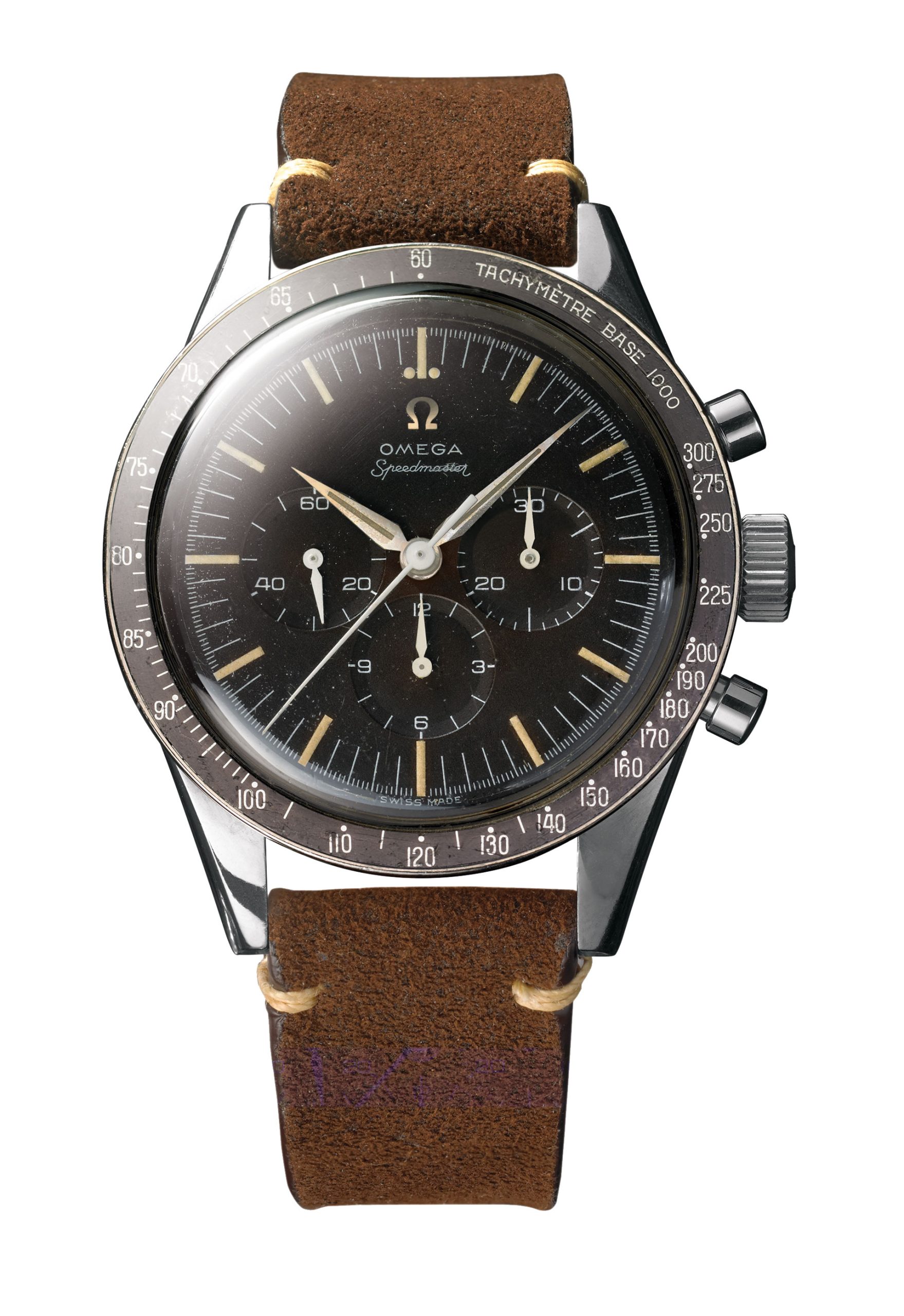
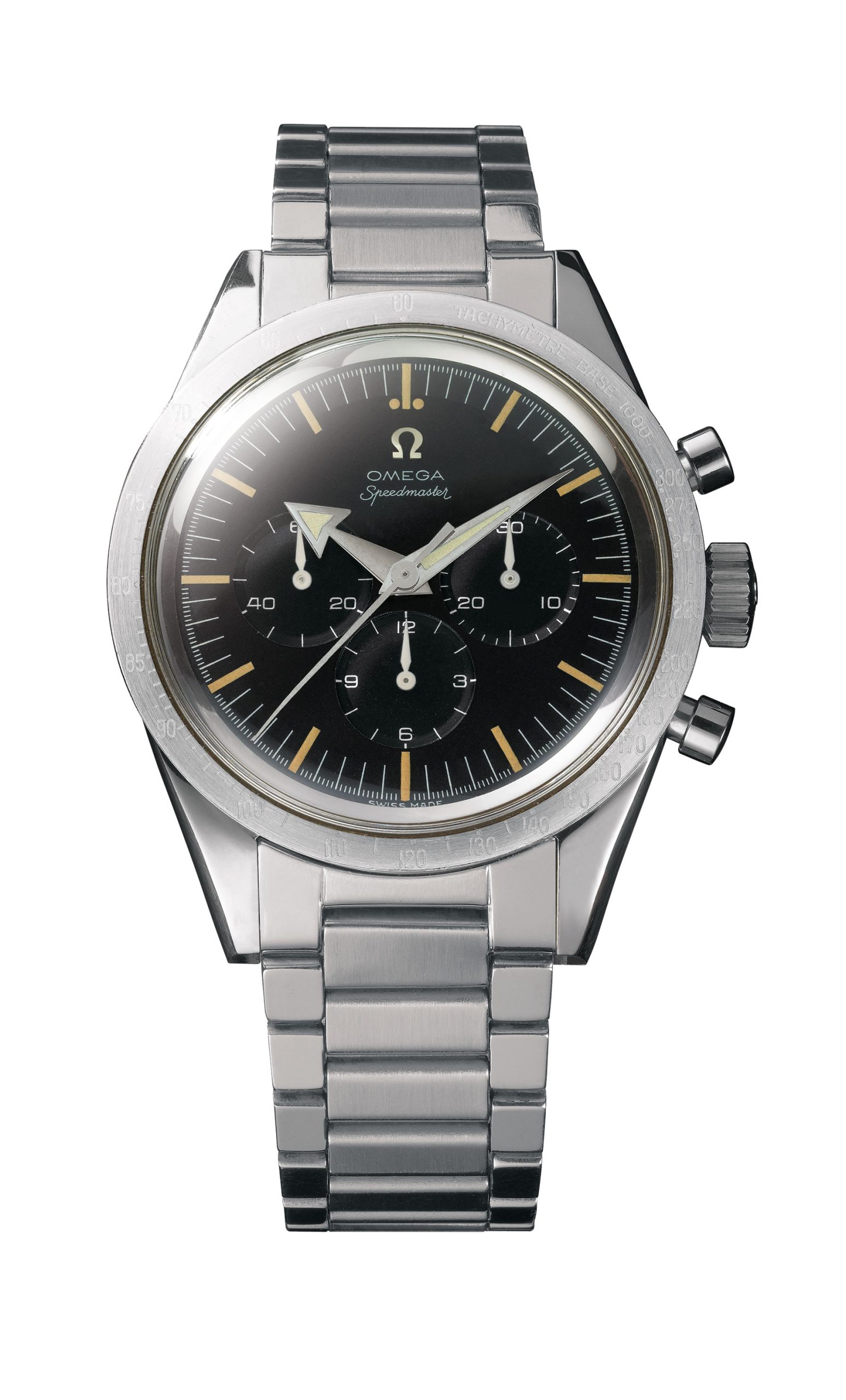
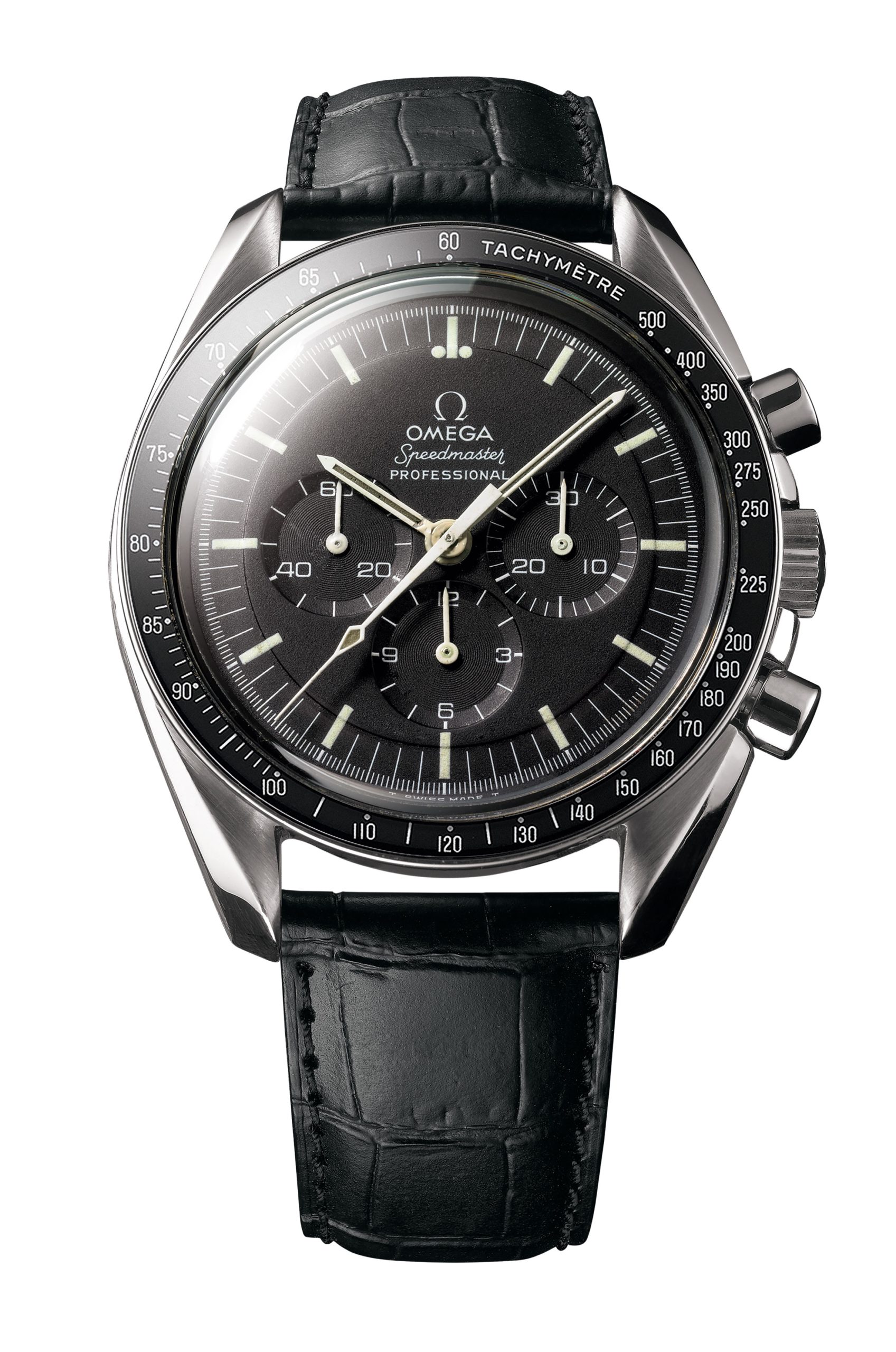
When asked about the future of the Speedmaster, Omega CEO Raynald Aeschlimann says: “The Speedmaster embodies our pioneering spirit, so its future really could go anywhere. Most importantly, it has such an enduring and timeless design, so we know it can play a role in terms of exploration and style for many generations to come. At Omega, we love to unlock the possibilities of the Speedmaster and help its legacy to grow. The exciting thing is not knowing exactly what its future looks like, but knowing there are still many more chapters to its story.”
Based on this, it’s a safe bet you’ll be able to walk into an Omega boutique in 2057 and buy a watch that is pretty much the same as it was 100 years earlier. But of course, having a long-lasting product with a timeless design presents something of a challenge if you’re in the business of selling watches.
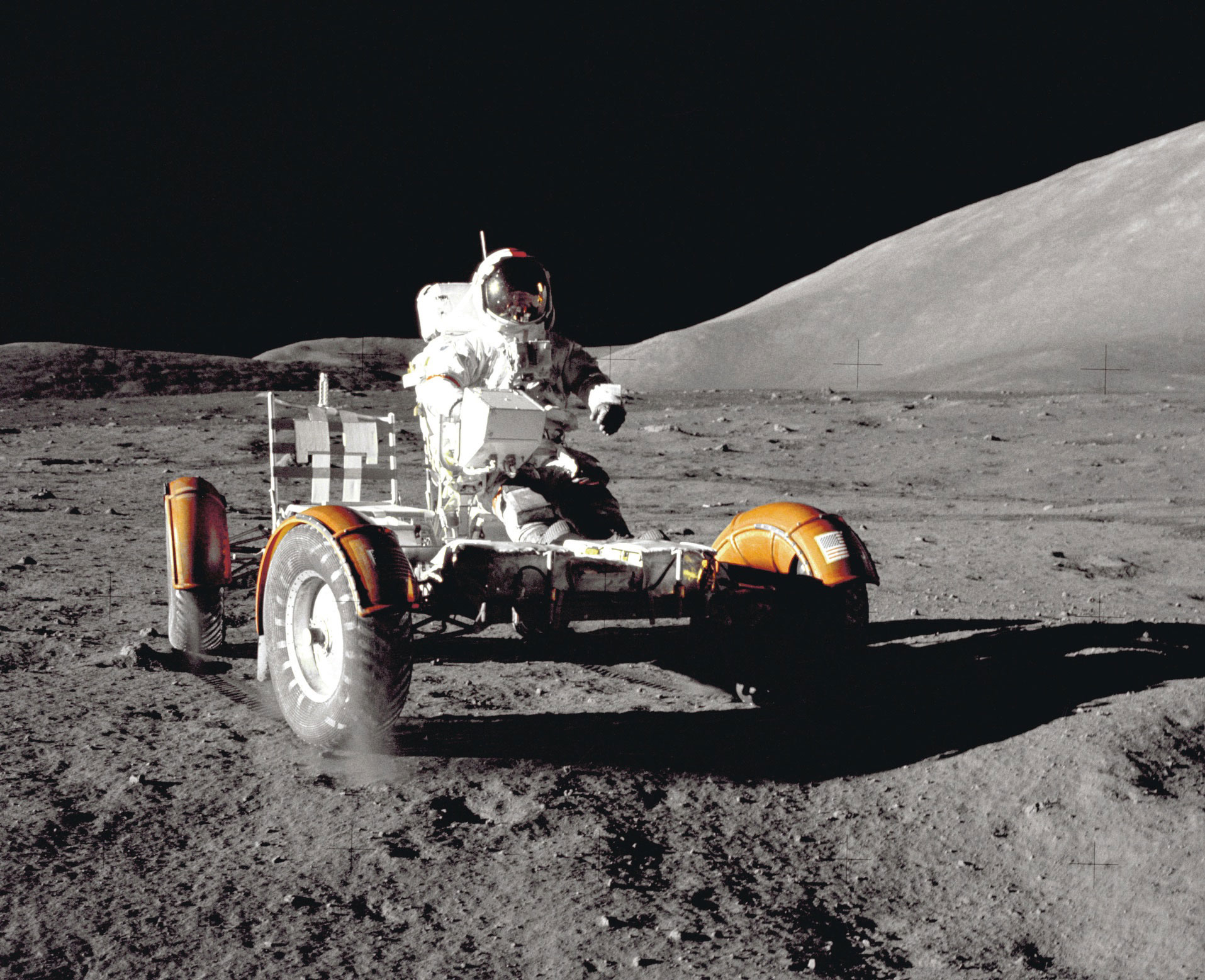
For Omega, the answer — at least in recent years — has been to appeal to its core fanbase’s love of increasingly niche details and iterate on iconic Speedmasters of days gone by. One of this year’s big releases, dubbed the Speedmaster First Omega In Space, is an example of this winning formula. A contemporary reimagining of the reference CK 2998, which was produced between 1959 and 1962 and worn by Walter “Wally” Schirra on the 1962 Sigma 7 spacecraft (making it the first Omega in space), this latest version doesn’t change much in terms of design elements, but rather elevates them into the realm of luxury. This change is most evident on the dial, which is a subtle blue-grey, evoking the tones of some rare 1960s versions. There are plenty of other quality-of-life improvements, like the tapered bracelet with micro-adjustments on the clasp and a remarkably accurate, METAS-certified movement.
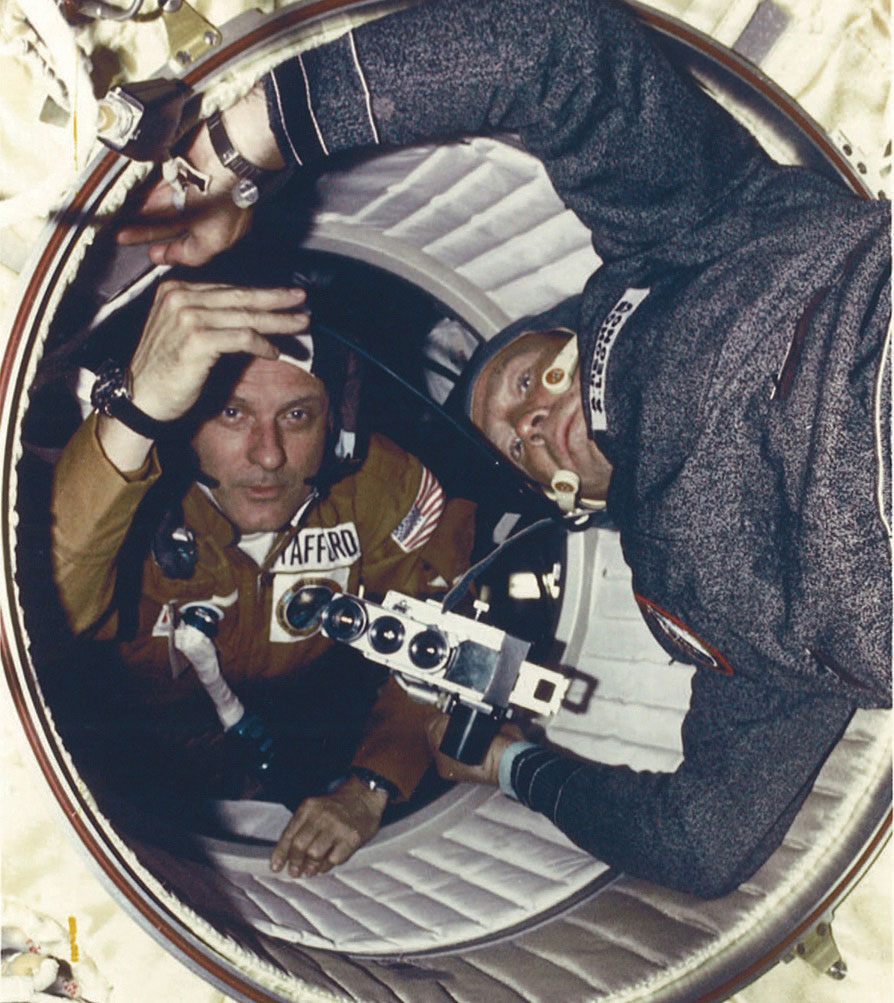
For more than 60 years, the Omega Speedmaster has been reliably ticking away. But the cultural impact of this watch is far more than the sum of its parts. It has evolved beyond its origins into a symbol of purpose and ingenuity — shorthand for the wonder of space exploration. For a little watch, it’s a whole lot of legacy.
omegawatches.com
